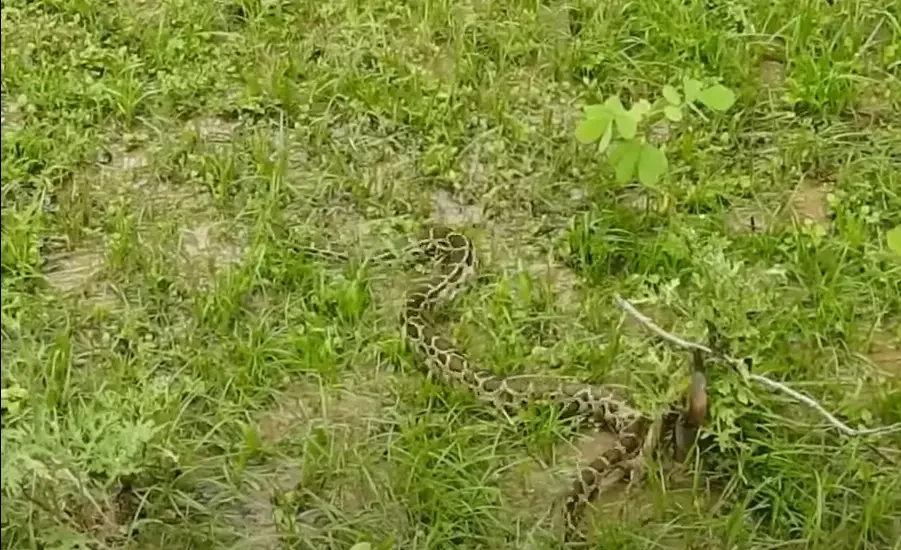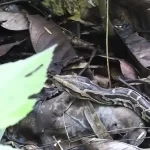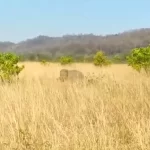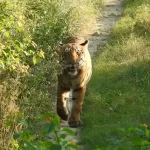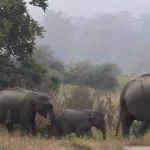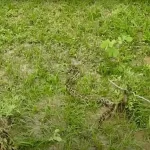Snake locomotion is a captivating display of biomechanical versatility, as these limbless creatures have evolved various techniques to navigate diverse terrains. Lateral undulation, the most common method, involves rhythmic contractions that create rippling waves along the body, efficiently propelling the snake forward. Sidewinding is employed on loose surfaces, where only a few points of contact touch the ground simultaneously, reducing friction. In tight spaces, snakes use concertina locomotion, anchoring parts of their body while extending others forward. This accordion-like movement enables them to push through confined areas. For precise and slow maneuvers, rectilinear motion comes into play—alternating gripping and releasing of scales against the ground. The astounding adaptability of these techniques showcases nature’s ingenuity, allowing snakes to excel in habitats where traditional limbs would be a hindrance.
This beautiful baby Burmese Python was seen at Jim’s Jungle Retreat recently, trying its best to avail the nearest cover.
